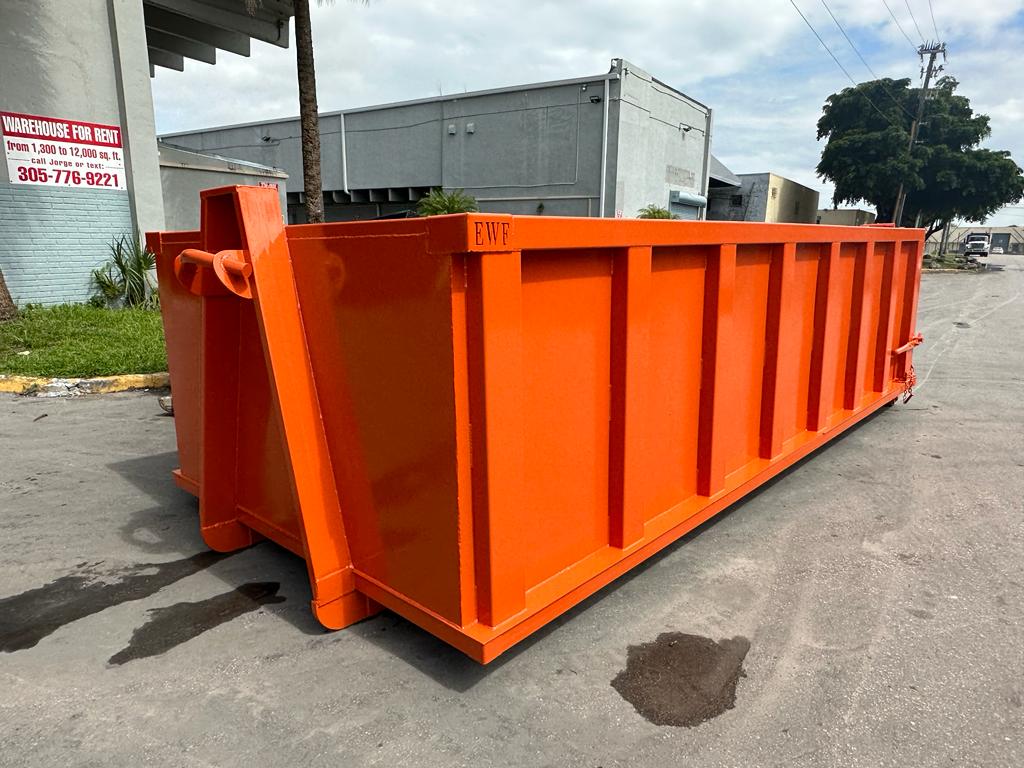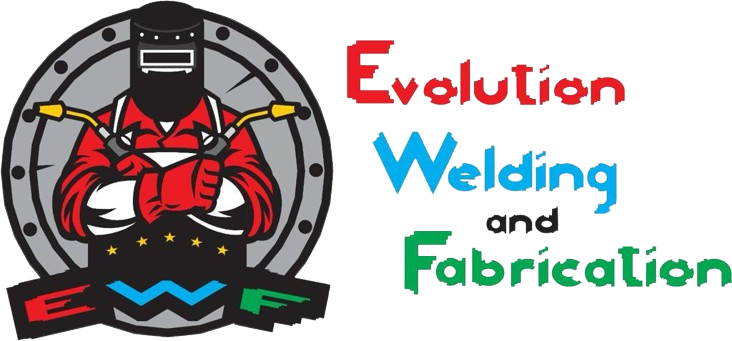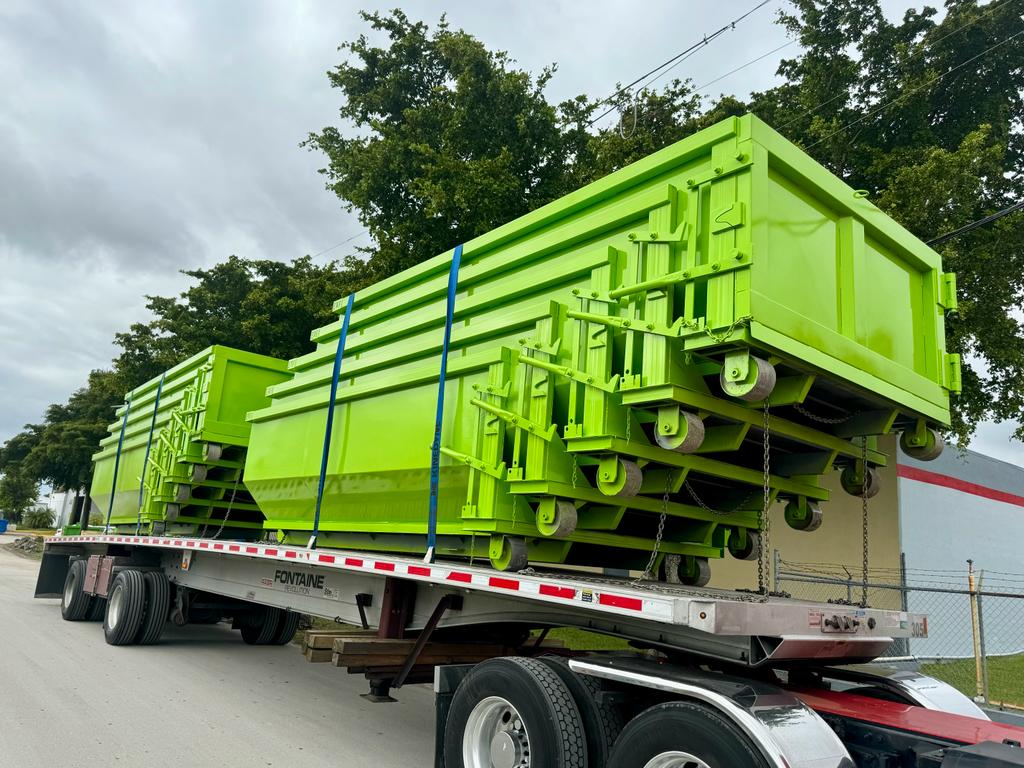Hook lift containers are invaluable tools in various industries, ranging from waste management to construction. However, the efficient and safe use of these containers involves more than just simple operation. Understanding the nuances of these machines, how they interact with their environment, and how they can be effectively handled is paramount. This guide aims to provide you with the necessary insights and steps to train your team on using hook lift containers, ensuring both safety and productivity in your operations.
Introduction to Hook Lift Container Safety and Efficiency
Before venturing into the specifics of the operation, it’s crucial to comprehend what hook lift containers are and the fundamental principles governing their operation. A hook lift container is a type of waste container with a hook at one end, enabling a hook lift truck to easily lift and transport it.
The design of these containers allows for easy loading and unloading, making them ideal for industries that require frequent waste disposal. However, the convenience comes with a need for careful operation. Mismanagement can lead to accidents, damage to the container or truck, or decreased efficiency – all of which are preventable with the right knowledge and training.
Understanding Hook Lift Container Mechanics
To use hook lift containers safely and efficiently, one must first understand their mechanics. The hook lift system operates on a series of hydraulic rams that pivot the hook lift and container onto the truck or trailer. The driver controls this system, dictating the movement of the hook and the container.
When the hook makes contact with the container, it locks in place, allowing the hydraulic system to lift the container off the ground and slide it onto the vehicle’s chassis. This process is reversed for unloading. The system’s design emphasizes control and precision – factors that also play into safety and efficiency.
An understanding of these mechanics is fundamental in avoiding mishaps such as toppling containers, damaging the hydraulic system, or causing unnecessary wear and tear. Therefore, it’s essential to emphasize this knowledge in your team\’s training.
Essential Safety Protocols for Hook Lift Container Use
Safety should be the top priority when handling hook lift containers. Here are some protocols your team should adhere to:
- Pre-Operation Checks: Before operating the hook lift system, ensure all components are in good working condition. This includes checking the hydraulic system for leaks, inspecting the hook for damage, and confirming the container is in a safe and stable position for pickup.
- Use Proper Personal Protective Equipment (PPE): Operators should wear appropriate PPE, such as safety shoes, gloves, high visibility vests, and hard hats, to prevent injury.
- Maintain a Safe Distance: Non-operating personnel should maintain a safe distance from the operation area to avoid any accidental injuries.
- Proper Loading and Unloading: Ensure the container is evenly loaded to prevent tipping or sliding during transport. When unloading, ensure the area is clear and the container is stable before disengaging the hook.
- Regular Training: Regular safety training sessions should be conducted to keep your team updated with safety protocols and operational best practices.
By following these safety protocols, you can reduce the risk of accidents and maintain a safe, efficient work environment.

Common Mistakes and How to Avoid Them
While the operation of hook lift containers may seem straightforward, mistakes are not uncommon, particularly among inexperienced operators. Avoiding these errors not only ensures safety but also enhances the efficiency and longevity of your equipment. Here are a few common mistakes and tips on how to avoid them:
Forcing the Hook: One of the most frequent mistakes is forcing the hook into the container. This could damage the hook, the container, or both. To avoid this, ensure the hook is aligned properly with the container before attempting to engage it.
Uneven Loading: Loading the container unevenly can cause it to tip or slide during transport, leading to accidents. Always strive to distribute the load evenly in the container.
Ignoring System Maintenance: Regular maintenance of the hook lift system is essential for its smooth operation. Ignoring signs of wear and tear or hydraulic leaks can lead to system failure. Regular checks and preventative maintenance are crucial.
Overloading the Container: Overloading the container not only poses a risk of spilling and tipping but can also damage the hydraulic system due to the extra weight. Always respect the load limit of the container and the lift system.
Neglecting Safety Protocols: Ignoring safety protocols can lead to serious accidents. Always adhere to safety guidelines, use appropriate PPE, and maintain a safe distance from the hook lift operation.
By being mindful of these common mistakes and taking steps to avoid them, your team can operate hook lift containers safely and efficiently, ensuring optimal productivity, and minimizing risk.
Efficient Loading and Unloading Practices
Efficient loading and unloading of hook lift containers is crucial for maintaining productivity and ensuring a safe work environment. Here are some best practices your team should implement:
- Prepare the Area: The area where the container will be loaded or unloaded should be flat, free of debris, and spacious enough for the safe operation of the hook lift truck.
- Align the Truck with the Container: Proper alignment ensures the hook can securely engage the container. Misalignment could lead to accidents or equipment damage.
- Even Distribution of Load: When loading the container, materials should be evenly distributed. This prevents tipping or sliding of the container during transport and ensures a stable unloading process.
- Check Load Limits: Always respect the load limit of the container and the lift system. Overloading can lead to accidents and damage to the hydraulic system.
- Secure the Load: Secure the load before transport to prevent material spillage or shifting of the load, which could unbalance the container.
By implementing these practices, your team can optimize the process of loading and unloading hook lift containers, ensuring safety and efficiency at all times.
Emergency Procedures and Safety Measures
Implementing emergency procedures and safety measures is a critical aspect of hook lift container operations. Despite the best preventive measures, unforeseen circumstances can occur, and in such cases, a well-defined and practiced emergency protocol can significantly reduce potential harm.
- Emergency Stop: All operators should be well versed in how to execute an emergency stop in case of a sudden malfunction or if a dangerous situation arises.
- First Aid: First aid kits should be easily accessible and all team members should be familiar with basic first aid procedures. In case of an injury, quick and appropriate first aid can minimize harm.
- Fire Safety: Fire extinguishers should be readily available and regularly maintained. Additionally, all personnel should be trained in how to use them effectively.
- Emergency Contact Information: The contact information of local emergency services, along with that of designated personnel within the company, should be readily available. In case of an accident, swift communication can ensure a rapid response.
- Drills: Regular emergency drills will help ensure that all team members know what to do in the event of an emergency. These drills can help to identify potential weaknesses in emergency procedures, allowing for continual refinement and improvement.
By incorporating these emergency procedures and safety measures, you can make certain that your team is ready to respond quickly and effectively to any unexpected situations.
According to the Bureau of Labor Statistics, there were approximately 2.8 million nonfatal workplace injuries and illnesses reported by private industry employers in 2019. This data underscores the importance of prioritizing safety measures and emergency procedures in the workplace. [source: Bureau of Labor Statistics]
Conclusion
To ensure the safe and efficient operation of hook lift containers, a comprehensive approach to safety measures, training, maintenance, and emergency procedures is vital. By prioritizing these efforts, teams can significantly minimize the risk of accidents and maximize productivity. By staying vigilant, proactive, and informed, a safe and productive work environment can be maintained, fostering overall operational excellence in the use of hook lift containers.



